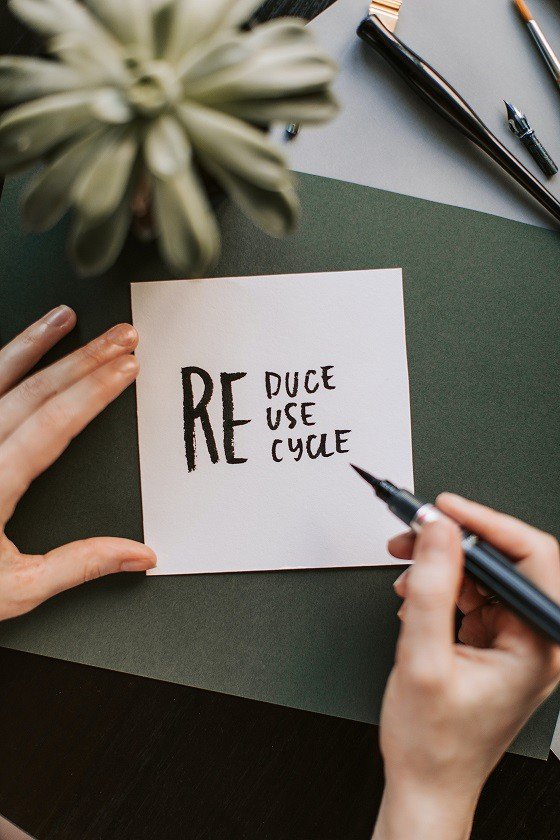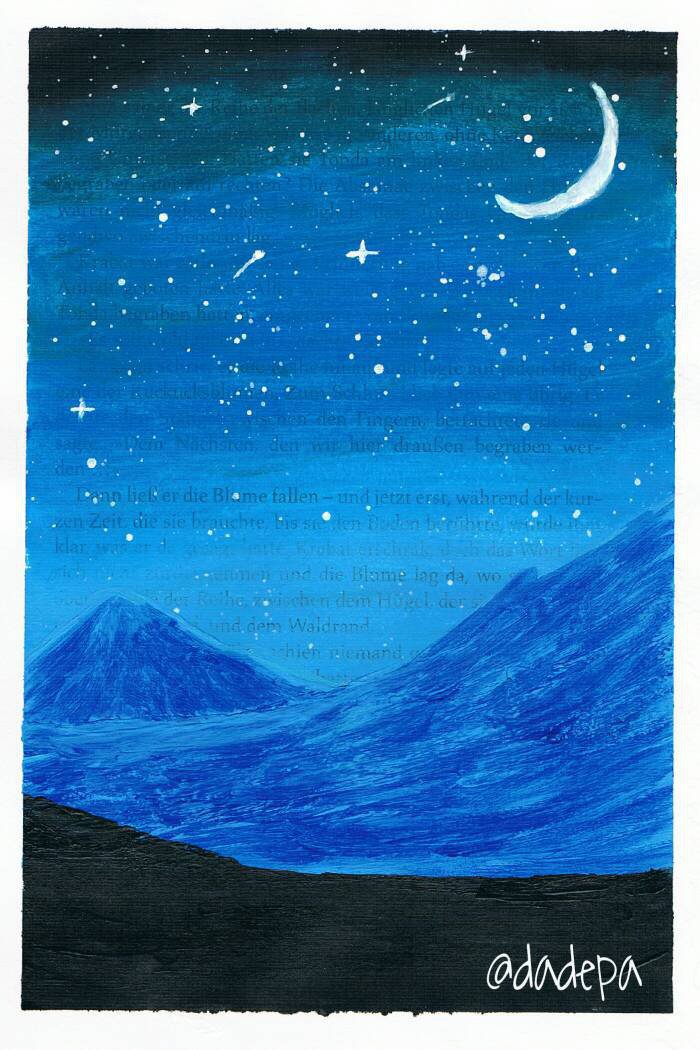Fast Fashion or Slow Fashion?
Die achten Klassen von Frau Pfeifer und Frau Schardinel-Wassong haben sich in den letzten Wochen intensiv mit dem besonders für Jugendliche sehr wichtigen Thema FAST FASHION beschäftigt. Ausgehend von einer Geschichte im Englisch Buch “Nightmare at the mall” haben die Schülerinnen und Schüler ihr Wissen über diese Problematik u.a. durch einen Dokumentarfilm und eigene Recherche erweitert. Hier könnt ihr eine sehr gute Darstellung des Themas mit seinen diversen Folgen für Mensch und Natur lesen.
Fast fashion describes clothes that are made and sold cheaply so that people can buy new clothes often. These clothes appeal to customers, but because they aren’t produced to last long and go out of style quickly, these clothes are often thrown away. Slow fashion, however, is the alternative to fast fashion. It is a slower, more sustainable and ethical approach. This article discusses the differences between fast fashion and slow fashion, the environmental impacts of fast fashion and what some slow fashion brands are doing to be more sustainable.
Fast fashion pollutes the environment in a number of ways. First, textile waste causes land pollution. People easily throw away cheap and trendy clothes to keep up with new trends. According to the Environmental Protection Agency (EPA), while around 80 billion new clothes are produced globally each year, 80 per cent of all clothing pile up in landfill sites. Moreover, fast fashion industry causes air pollution and is responsible for 10% of global CO2 emissions each year, according to the Ellen MacArthur Foundation. That’s more than all international flights and sea transportation all together. In addition to air pollution, fast fashion can cause water pollution. Garments made of synthetic fabrics can contain micro plastics. When they are washed, shreds of plastic make their way out into the oceans. According to a study published in Environmental Science and Technology, 35% of all micro plastics in the ocean come from clothes and textiles. Apart from environmental issues, fast fashion causes a lot of ethical problems. Fast fashion clothes are often made in sweatshops where workers are employed for low wages for long hours in unsafe conditions. In many cases, child labor is used and basic human rights are violated, reports EcoWatch. Toxic chemicals and dyes are dangerous for all workers because they may cause cancer.
Unlike fast fashion, slow fashion is the movement of designing, creating and buying garments for quality and durability. It encourages slower production schedules, fair wages, lower carbon footprints and zero waste. It aims to create an industry that helps our planet and all people. Slow fashion brands aim to reduce the amount of textile waste in landfills. Instead of following new trends, they prefer long lasting and classic styles that do not go out of fashion quickly. Also, as they care for the environment, they use sustainable fabrics that require little or no water during the production process and high quality materials. Slow fashion supports buying second-hand clothes, redesigning old clothes, shopping from smaller and local producers, and buying and producing quality clothes that last long.
As more people are getting more environmentally conscious of the negative impact of the fast fashion industry, some brands are actively trying to be more sustainable. For example, Adidas is producing shoes from recycled plastic waste. Hugo Boss has recently made sneakers from Pinatex, a made of pineapple leaves. Everlane produces products with good quality that will last for a lifetime. It tells the consumer about every aspect of production. Los Angeles Apparel uses the local people from L.A and pays good wages, and makes clothes from organic and recycled cotton. People Trees uses natural cotton and employs local people.
In short, very few fashion companies are trying to be sustainable and ethical, so it is pretty much up to consumers to make good shopping decisions. As consumers, we may not be able to control fast fashion industry directly, but we can educate ourselves, learn which companies make our clothes, what our clothes are made of and how their production processes affect people and our planet before we buy. As Vivienne Westwood, a fashion designer says, “Buy less, choose well, and make it last!”
by Ömer Turhan, 8b




Kommentar schreiben
Kommentare schreiben
Um Kommentare schreiben zu können, musst du angemeldet sein.
Anmelden0 Kommentare